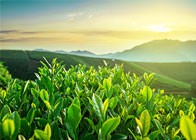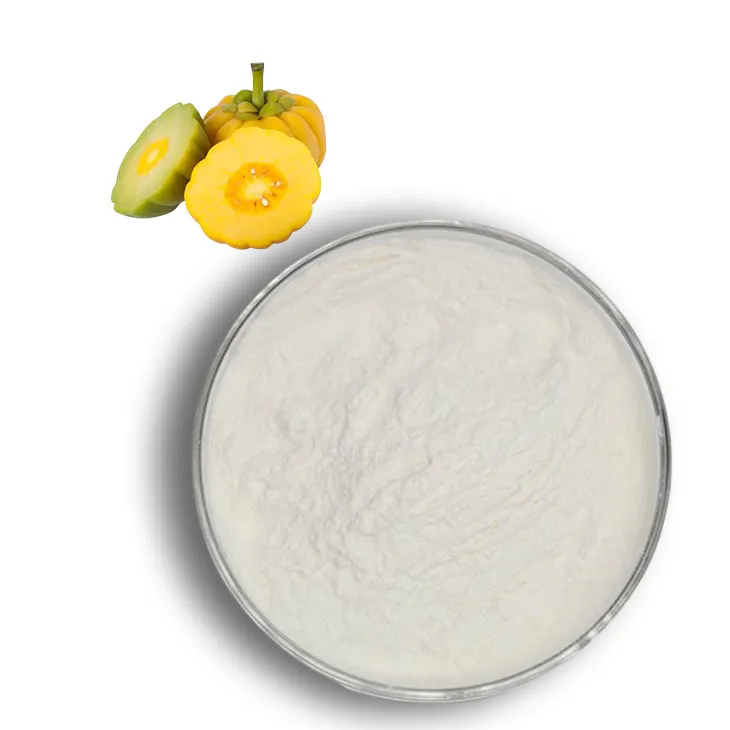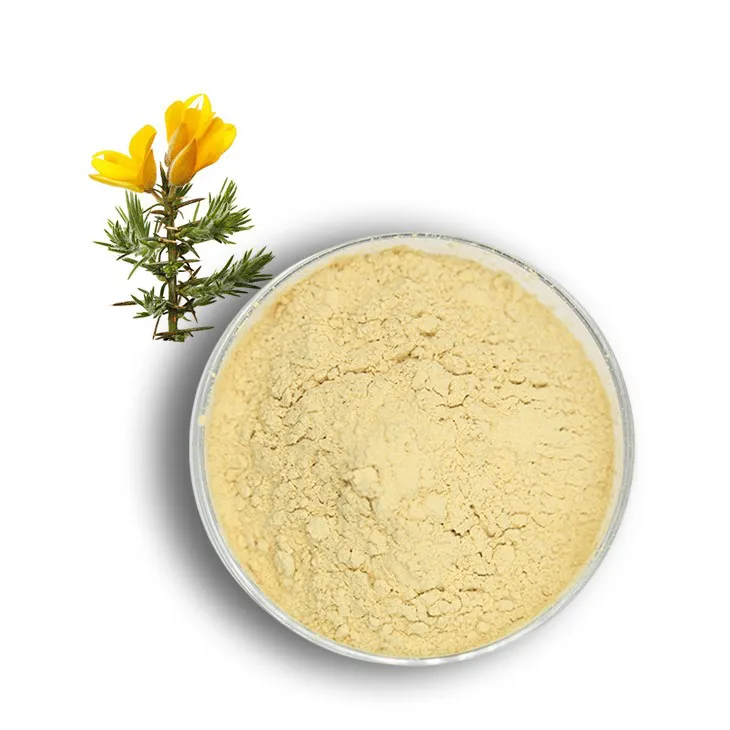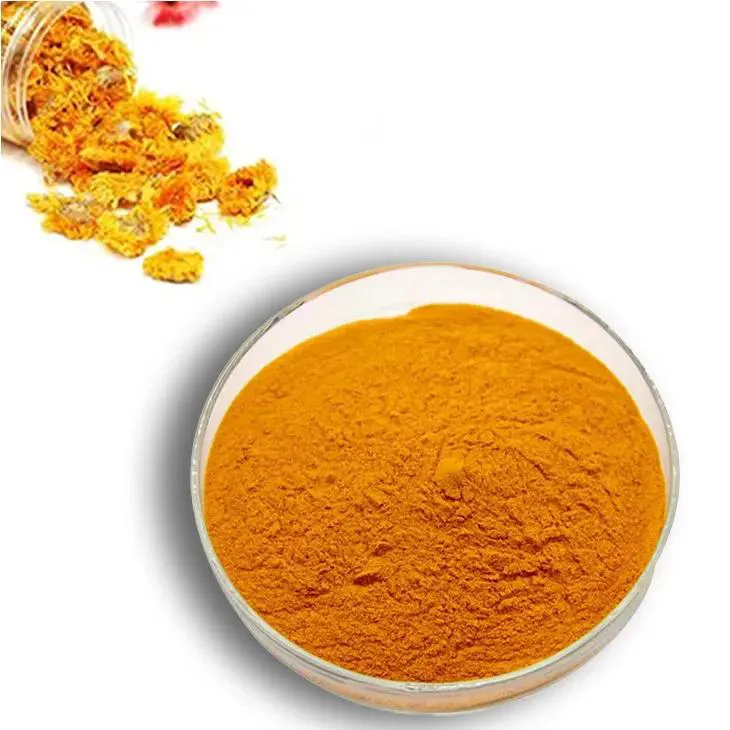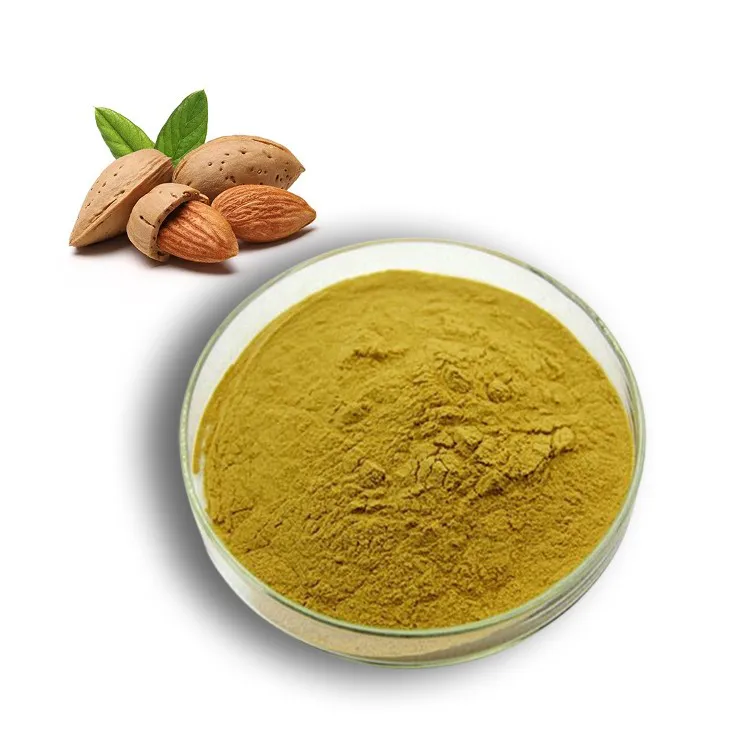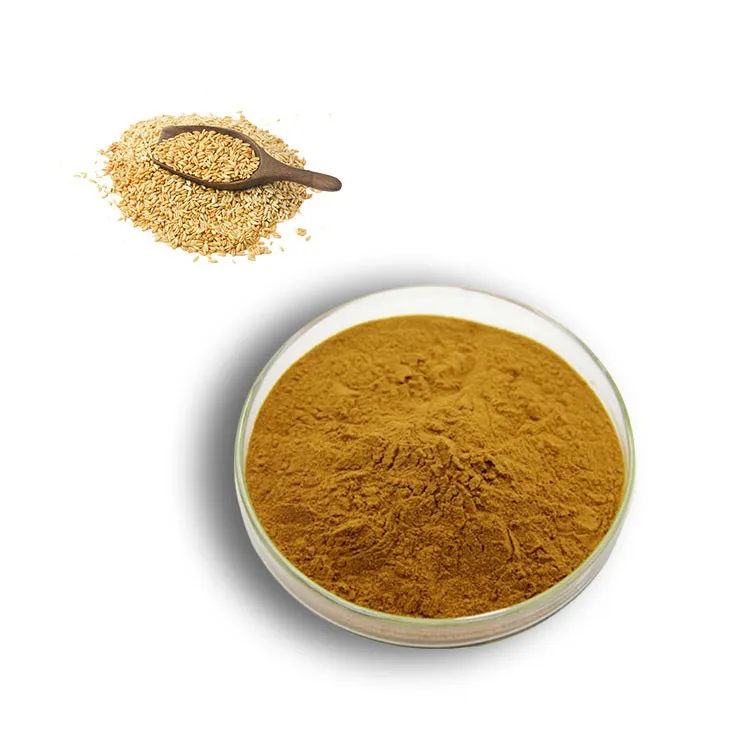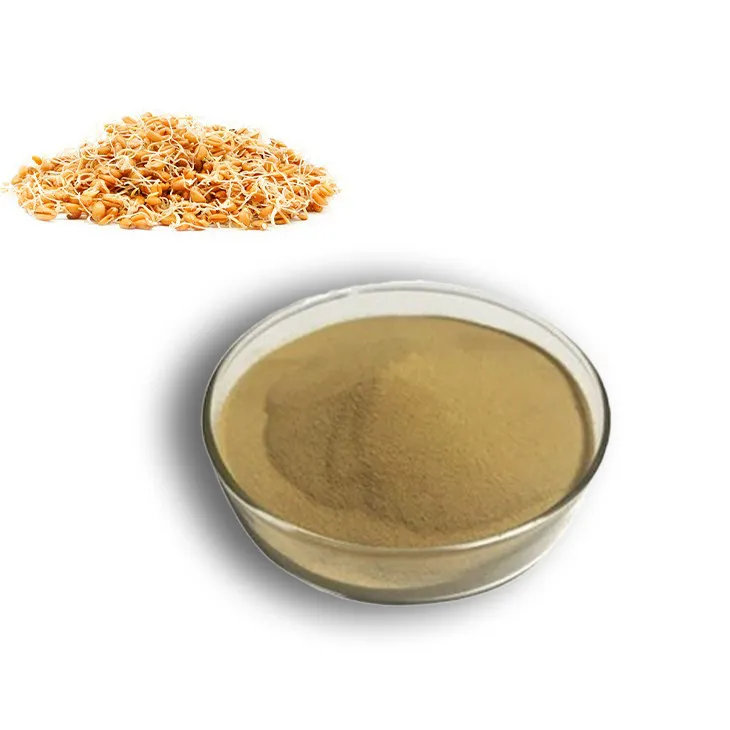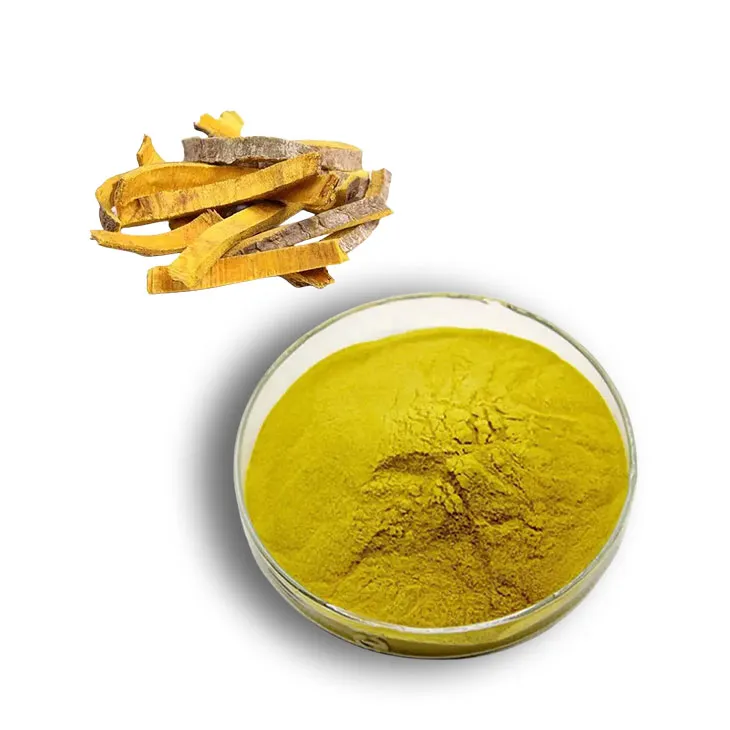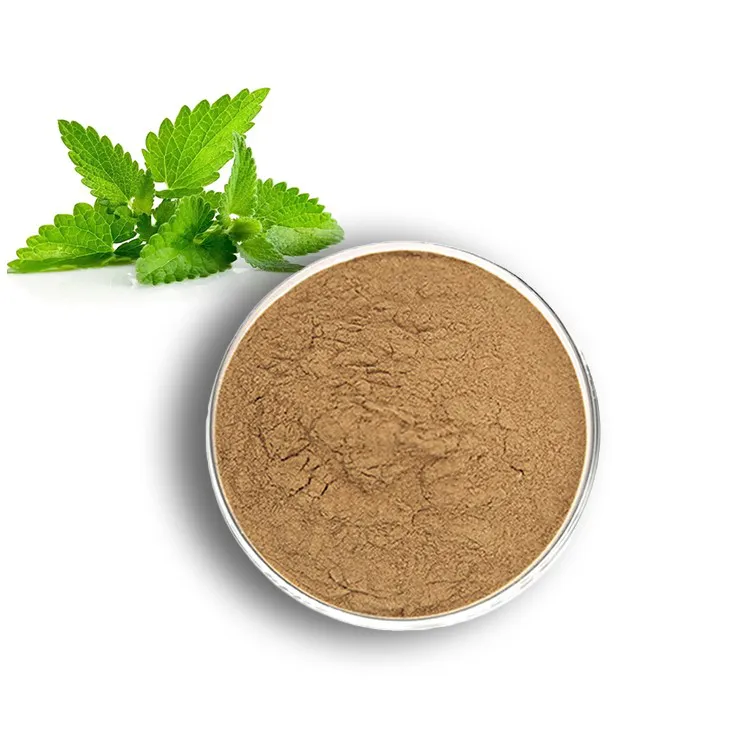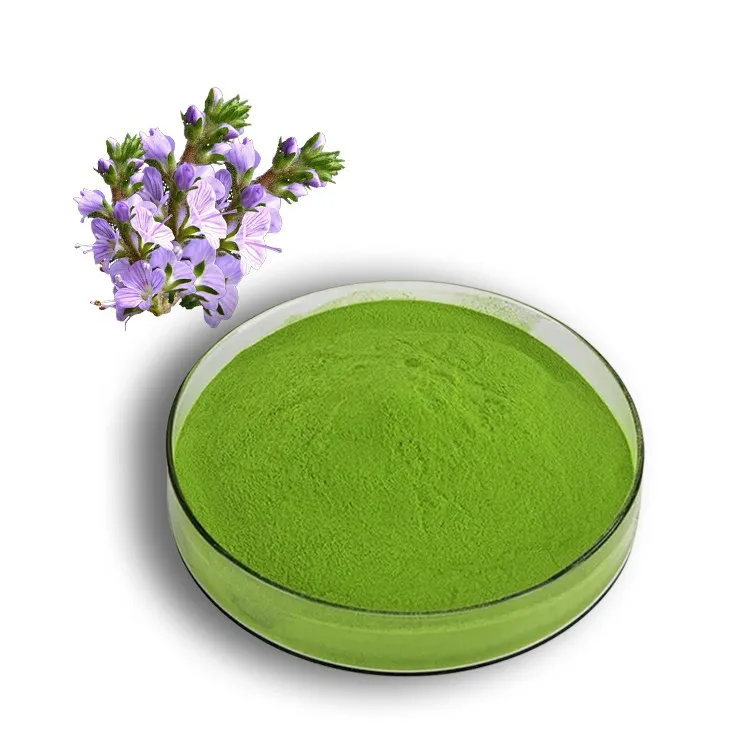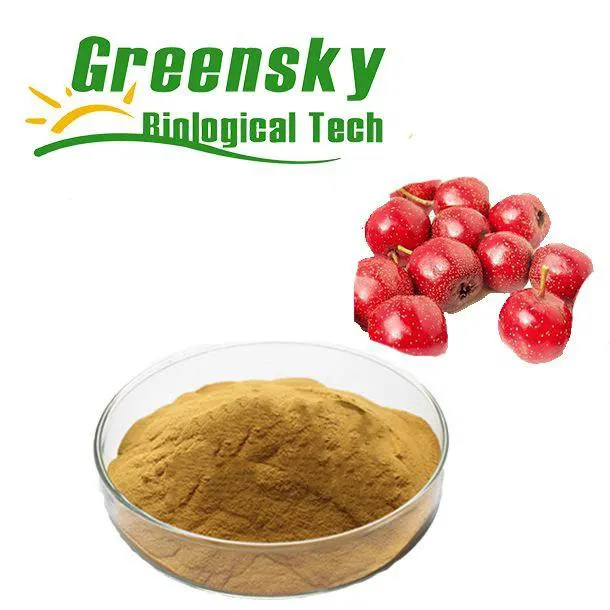- 0086-571-85302990
- sales@greenskybio.com
Monkey Orange: Features,History, Benefits and Culinary Uses
2025-05-21
Renowned in Southern Africa for its vibrant appearance and dual nature as both beneficial and toxic, the monkey orange (Strychnos cocculoides) stands out as a botanical wonder deeply embedded in cultural and historical contexts. This spiny shrub, native to the arid and semi-arid landscapes of South Africa, Namibia, Botswana, and Lesotho, produces striking orange fruit that has captivated botanists and traditional healers over the years.
The Monkey Orange Fruit: Features and Nomenclature
Commonly known as the monkey orange, Strychnos cocculoides also carries several other names, each reflecting its unique properties:
- Bitterbine: Highlighting the bitter alkaloids in its seeds and leaves.
- Monkey Orange: Named for its resemblance to citrus oranges and its appeal to monkeys, which favor its sweet pulp.
- Umkhuzwane: A Zulu name underscoring its cultural significance.
- Velgoy/Suurklapper: An Afrikaans term indicating its robust growth in harsh environments.
The monkey orange fruit is a round or oval drupe, four to six centimeters in diameter, with a vivid orange-yellow exterior that is often pitted and rough. Inside, the fibrous, sticky pulp surrounds hard, toxic black seeds. While the ripe fruit is sweet, unripe versions are acrid and bitter. The seeds are notably toxic due to alkaloid compounds, making them dangerous if consumed improperly.
Cultural and Historical Context
First recorded in 1797 by South African botanist Francis Masson, the monkey orange has played a significant role in local ecosystems and cultural practices. Indigenous communities across Southern Africa have leveraged different parts of the plant for medicinal and practical uses. It thrives in nutrient-deficient soils, enabling it to persist in locations such as South Africa's Karoo Desert and the Kalahari sands. Despite initial disregard by European settlers, the monkey orange gained interest during the Victorian era due to its pharmacological potential. Today, while botanists appreciate its ecological contributions, they also warn of its intrinsic hazards.
Phytonutrients and Potential Health Benefits
The pulp and leaves of the monkey orange contain a mix of phytochemicals, some beneficial and others regulated due to their toxicity:
Flavonoids: Quercetin and kaempferol offer antioxidant and anti-inflammatory benefits.
Fatty Acids: Linoleic and palmitic acids support skin health.
Polysaccharides: Present in the fruit's mucilaginous pulp, these compounds aid immune health and act as demulcents.
Sterols: Beta-sitosterol and stigmasterol are linked to antifungal properties and cholesterol regulation.
Unique compounds in the monkey orange are being researched for their antiviral and antiparasitic potential, though full classifications are pending. However, the seeds and roots contain toxic alkaloids, notably strychnosine, which is a potent nervous system stimulant requiring caution and expert handling.
Traditionally, when correctly prepared, parts of the monkey orange have been used to:
- Alleviate gastrointestinal issues through the soothing properties of its pulp.
- Heal wounds with fresh leaf poultices that reduce inflammation.
- Moderate diabetes with compounds in the fruit that may regulate blood sugar.
- Relieve respiratory issues using steamed pulp to ease congestion.
- Detoxify skin infections via its antimicrobial properties.
It is crucial to seek expert guidance before using monkey orange, especially the seeds, to avoid severe poisoning.
Culinary Applications and Recipe Ideas
Monkey orange promises a versatile addition to both sweet and savory dishes:
- Monkey Orange Chutney: A tangy addition to meats and cheeses.
- Monkey Orange Smoothie Bowl: Blended with yogurt and tropical fruits.
- Monkey Orange Glaze: A citrusy topping for roasted vegetables or poultry.
- Fermented Monkey Orange Drink: A traditional African probiotic beverage.
- Dried Monkey Orange Snacks: Dehydrated slices providing a chewy, nutrient-rich treat.
More than an exotic fruit, monkey orange is a nutritional powerhouse with significant cultural roots. Its extensive phytonutrient profile and adaptability in cuisine position it as a superfood worthy of exploration. As global interest in indigenous and underutilized fruits continues to grow, monkey orange is poised to gain the recognition it richly deserves.
- ▶ Hesperidin
- ▶ citrus bioflavonoids
- ▶ plant extract
- ▶ lycopene
- ▶ Diosmin
- ▶ Grape seed extract
- ▶ Sea buckthorn Juice Powder
- ▶ Beetroot powder
- ▶ Hops Extract
- ▶ Artichoke Extract
- ▶ Reishi mushroom extract
- ▶ Astaxanthin
- ▶ Green Tea Extract
- ▶ Curcumin Extract
- ▶ Horse Chestnut Extract
- ▶ Other Problems
- ▶ Boswellia Serrata Extract
- ▶ Resveratrol Extract
- ▶ Marigold Extract
- ▶ Grape Leaf Extract
- ▶ blog3
- ▶ Aminolevulinic acid
- ▶ Cranberry Extract
- ▶ Red Yeast Rice
- ▶ Red Wine Extract
-
Garcinia Cambogia Extract
2025-05-21
-
Genistein
2025-05-21
-
Marigold Extract
2025-05-21
-
Almond Extract Powder
2025-05-21
-
Oat Straw Extract Powder
2025-05-21
-
Wheat Germ Extract
2025-05-21
-
Phellodendron Extract
2025-05-21
-
Lemon Balm Extract
2025-05-21
-
Alfalfa Meal
2025-05-21
-
Hawthorn Extract
2025-05-21

